The 2012 Google I/O Keynotes Bring Nexus 7 Tablet, Android Jelly Bean, Nexus Q, and More
Google held its annual I/O developer conference this week in San Francisco, bringing an onslaught of product updates and new devices. The event took place over the course of three days, and the three major keynotes have been recorded and uploaded to Google’s developer YouTube Channel. They’re all over an hour, so watching them is a major time investment. Fortunately, you can catch a glimpse of what went on from the highlights video that Google put together (above).
The first keynote was the most significant one. Updates for the Nexus tablet and Android OS were announced, and Google Glass and the Nexus Q were unveiled.
The Nexus 7 tablet sets a new standard for Android tablets and the Kindle Fire alike. The updated Nexus boasts a thin, sleek black body that runs Android Jelly Bean. The device has 1 GB of RAM, a 1.3 GHz quad-core CPU, a NFC, a 12-core Tegra 3 processor, an da 1.2 megapixel front-facing camera. Even with this powerful hardware it manages to run for 8 hours on a single charge. It comes in both a $200 8 GB model and a $250 16GB model. The screen is 7-inches, with dimensions of 1280 by 800 pixels. This makes it a cross between a smartphone and other popular tablets like the iPad.
Every Android operating system release is given a silly name, and this one is no exception. Dubbed “Jelly Bean”, it introduces a bunch of new features to the OS. For one, the new interface is much faster than that of its predecessor. It runs at 60 frames per second, and it responds to touch better. Also, the home screen has been redesigned to allow for widget resizing an moving. In addition, voice typing can now be done offline. Similar to Microsoft’s live tiles, the notifications now include images, live updates, and more information. Individual notification messages can be closed with a gesture.
To make searching easier, questions can be verbally asked in natural language and they will be answered to the best of the device’s ability. It reminds me of Siri, but the voice is a little bit smoother. If you take a lot of pictures, you will will be glad to hear that the camera app has been updated to allow for quick photo viewing and deleting. Another feature that should have been included included a long time ago is faster app updating. When you update an app, only parts of the app that have changed will be updated.
Lastly, and perhaps most importantly, Google Now will be integrated. This allows for intelligent information suggestions based on your location. For example, when you go to a restaurant you might be offered menu recommendations.
It has been public knowledge that the Project Glass team has been working on some high-tech glasses for a while now, but the specifics weren’t known. During the keynote, an awesome tech demo was given that consisted of skydivers and BMX bikers streaming a live camera feed from their Google Glasses to a Google Hangout. The focus was clearly on the built-in camera that is always readily available for capturing photos and videos.
The prototype glasses sported a small transparent screen that was located above the field of view on the right lens. It is able to send texts, record images and video, and display maps without leaving your face. It makes use of buttons and voice-commands to control the device, which includes a microphone, speaker, gyroscope, and compass. The glasses can only connect to the internet over Wi-Fi or Bluetooth, making their mobile usage slightly limited.
A $1,500 beta version of glasses is for sale at the conference, and the final glasses are planned to be released in 2013 for a cheaper price.
A new device called the Nexus Q is essentially an Android device accessory that plays streaming internet content. Once plugged into speakers or a TV, the $299 black sphere can be controlled by a phone or tablet to play music or videos from any of Google’s media services (YouTube, Google Play, Music, and Google Play TV). A line of lights forms a band around the Nexus Q that react to music by flashing colors. When plugged into a TV, the sphere can provide a colorful music visualizer.
As far as hardware goes, the 4.6 inch sphere has a built-in 25-watt amp, 1 GB of RAM, 12-core Tegra 3 processor, and 16 GB of flash memory. You can pre-order it now and expect it to be shipped in 2-3 weeks.
Day two of the event was a little bit less exciting. Updates on the statistics and popularity of Google Chrome, Google Drive, Google ChromeBook, Google Compute Engine, and the HTML5/CSS3 platform were given.
Google Chrome now has over 310 million active users that collectively type 60 billion words into Chrome every day. Google claims that it is the most popular browser, but studies have been done that show otherwise. Most importantly, Chrome is now available in the iOS App Store. It allows for tab synching, the omnibox, unlimited tabs, tab controlling gestures, and many other Chrome features that are available on the desktop version.
Google Drive was launched about 10 weeks ago, with the goal of making files available everywhere. Google is now one step closer to accomplishing their goal, as Google Drive is now available for both ChromeBooks and iOS devices. It not only lets you browse your files, but also search for words in documents and images. The most impressive feature is the option to search for images and their contents using image recognition technology. For instance, you could search for a strawberry and all pictures containing a strawberry would appear as results.
On ChromeBooks, Google Drive is heavily integrated to the point where it essentially becomes the file system. All content is synched between devices. Additionally, Google Documents now allow for graceful offline editing. As soon as the ChromeBook is reconnected to the internet, the document changes are uploaded.
Google Drive now has a powerful SDK that enables third party applications to save documents to the drive and be the default web applications for certain file types on the drive

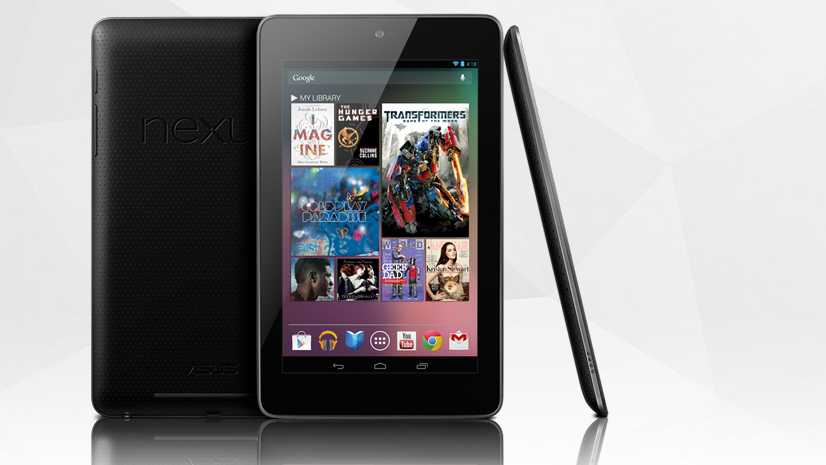
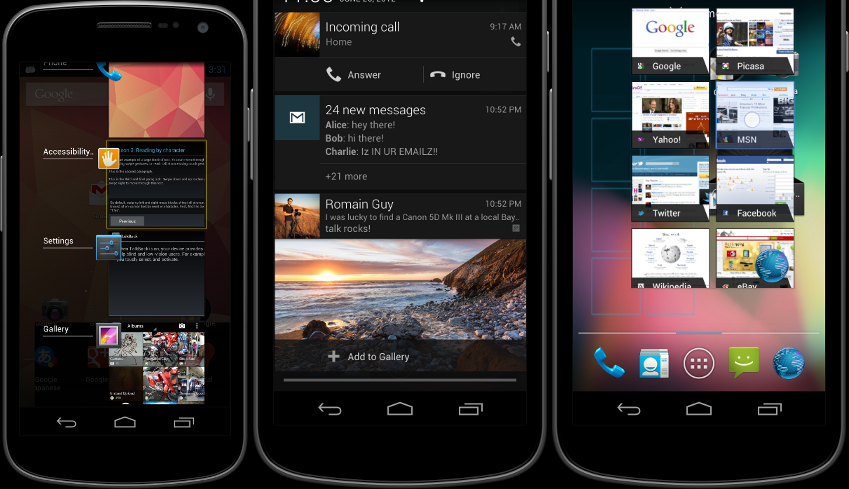
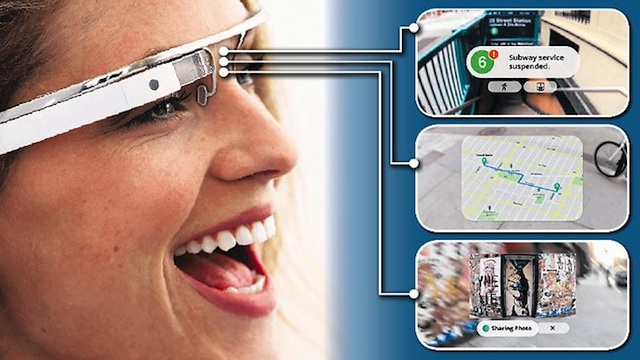
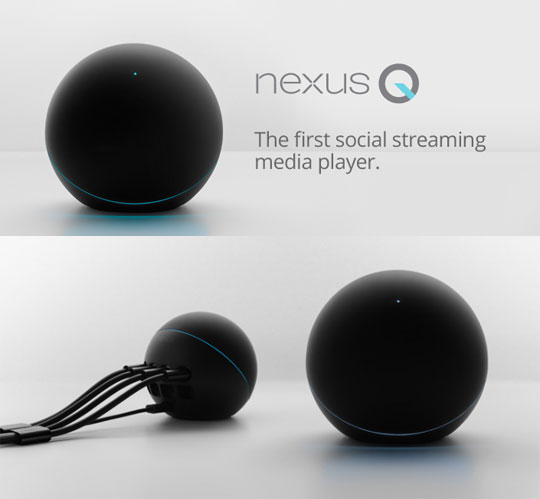
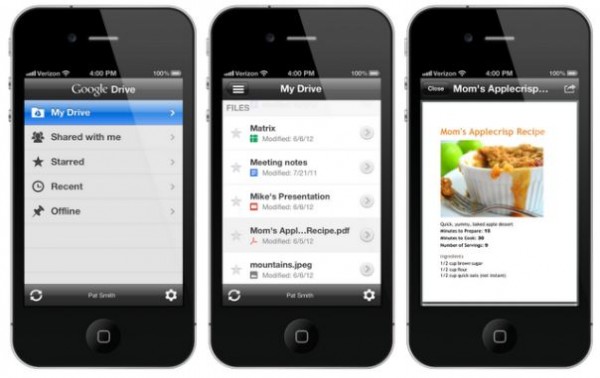
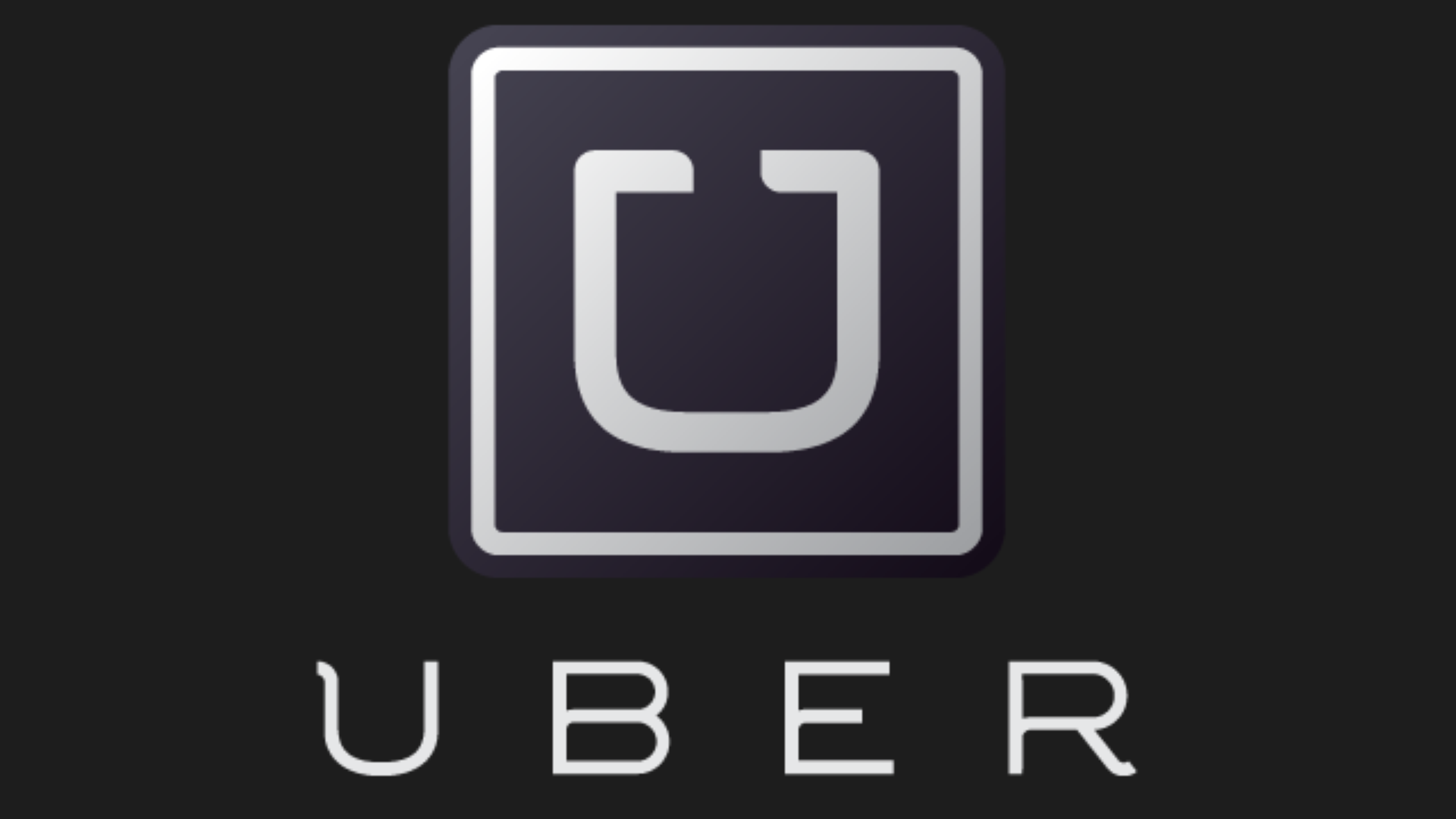
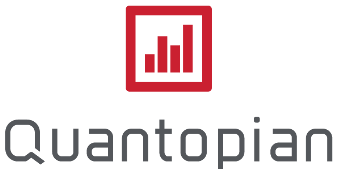

Leave a Comment